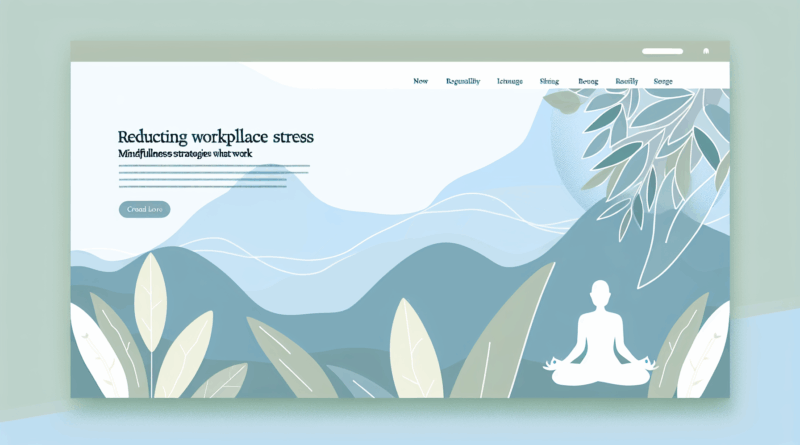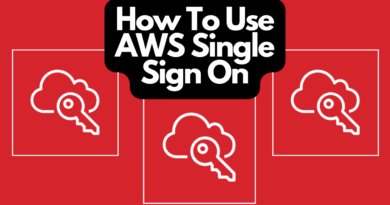Reducing Workplace Stress: Mindfulness Strategies That Work
Reducing Workplace Stress: Mindfulness Strategies That Work
In the fast-paced world of technology, workplace stress is an ever-present challenge that can impede productivity and impact employee wellness. As companies seek innovative solutions to foster a healthier work environment, mindfulness has emerged as a compelling technique to combat workplace stress and enhance overall employee wellness.
Understanding the Impact of Workplace Stress
Reducing Workplace Stress is more than just an occasional headache; it can lead to serious mental health issues, decreased job satisfaction, and even physical ailments. The World Health Organization has recognized stress as a health epidemic. High stress levels can result from heavy workloads, tight deadlines, and constant connectivity, leading employees to feel overwhelmed and burnt out.
The Power of Mindfulness
Mindfulness, the practice of being present and fully engaged in the moment, offers a valuable antidote to the stressors of the modern workplace. By integrating mindfulness into daily routines, employees can improve focus, reduce anxiety, and heighten emotional intelligence, ultimately fostering a more balanced and productive work life.
Practical Mindfulness Strategies
1. Mindful Breathing
Mindful breathing is a simple yet effective technique that can be practiced anywhere, from your desk to a break room. Taking slow, deep breaths can signal your brain to relax and ease tension. By focusing on each inhalation and exhalation, you can create a calming effect and bring more awareness to your daily activities.
2. Scheduled Mindfulness Breaks
Allocating time for mindfulness breaks throughout the day can help reduce stress and increase concentration. Encourage employees to spend even just five minutes away from their screens, focusing instead on a breathing exercise or a walk outside. Embedding these breaks into the workday encourages a culture of self-care and mental clarity.
3. Technology-Assisted Mindfulness
Incorporate technology to promote mindfulness practices. Apps like Headspace and Calm provide guided meditation sessions that can be easily integrated into daily routines. These resources are perfect for individuals new to mindfulness and for seasoned practitioners seeking thematic sessions tailored to different aspects of wellness.
4. Mindful Meetings
Introduce mindful meetings to encourage focused and productive team interactions. Start each meeting with a moment of silence or a brief meditation to ensure everyone is present and mentally engaged. This practice can lead to clearer communication and more effective decision-making.
The Benefits of a Mindful Workplace
Incorporating mindfulness into the workplace not only reduces stress but also fosters a more resilient workforce. Employees who practice mindfulness report higher levels of job satisfaction, improved mental health, and a greater sense of work-life balance. Moreover, companies that prioritize employee wellness often see a boost in morale, innovation, and overall performance.
Implementing a Successful Mindfulness Program
To successfully implement a mindfulness program, begin by educating employees about its benefits and offering resources for getting started. Consider hosting workshops led by mindfulness experts, providing access to apps and guided sessions, and creating a dedicated space within the office for mindfulness practice.
In conclusion, reducing workplace stress through mindfulness strategies is a powerful and effective approach to enhancing employee wellness. By fostering an environment that promotes self-awareness and emotional intelligence, organizations can not only improve the quality of their work culture but also gain a competitive edge in the tech industry. Embrace the potential of mindfulness to create a harmonious and thriving workplace.
👉 For more insights, visit the ClayDesk Blog: https://blog.claydesk.com




